Lameness issues of the equine occur for several reasons: Over, or incorrect training, weak conformation, or training a horse too young of age. Many lameness issues can be prevented when you train your horse on forgiving arena footing. A correct riding surface is a main contributing factor to keep your equine partner sound.
Troubled Arena Footings
At Footing Solutions USA, we hear all the time that equestrians would rather ride on hard footing than deep footing, as they are afraid of soft tissue injuries like suspensory ligament damage. However, beware the hazards of hard and unforgiving surfaces, which make the horse more susceptible of concussive injuries as described below:
Hard Footing
Arena footing becomes hard and compacted when the arena sand is breaking down and decomposing into fines. Riding on arena footing that is too hard and compacted can lead to several lameness issues, including:
1. Navicular Disease
Over exercising on hard and compacted arena footing results in navicular disease lameness. This condition varies from mild to severe to recurrent. It involves the inflammation and deterioration of the navicular bone and it’s surrounding tissues, typically in the front feet of the horse.
2. Pedal Osteitis and hoof bruises
This is another common condition developing from galloping on hard tracks and jumping horses on arena footing that is too hard and compacted, resulting in inflammation of the feet – and the solar aspects of the foot.
3. Bog Spavin
Heavy work on hard surfaces may produce this condition in a young horse. This is a soft, fluctuating swelling on the inner aspect and front of the hock.
4. Road founder
Excessive concussion to the feet occurs when horses with long toes are worked extensively on hard grounds. The long toes and hard ground together contribute to the mechanical separation of the laminae at the toe and is a very painful condition.
5. Arthritis
Moveable joints, such as the knees, fetlocks, stifles, and hocks are particularly affected by hard ground surfaces and are the joints most often implicated in injury.
Prevention is Key
All of these conditions can be prevented successfully while training and showing on stable, yet cushioned surfaces.
If you know the ground is hard, stick to the walk. If you are not sure, listen to your horse’s footfalls, especially in the canter. If the horse’s feet are making a clashing sound while hitting the ground, you are riding on hard, unforgiving surface. When riding on the perfect arena footing, you won’t hear much at all, and the landing sounds more like a muffled clop.
Please also read our article, The Effects of Arena Footings on Horse Soundness: Part 1, describing how to determine if
the arena footing is safe for your horse.
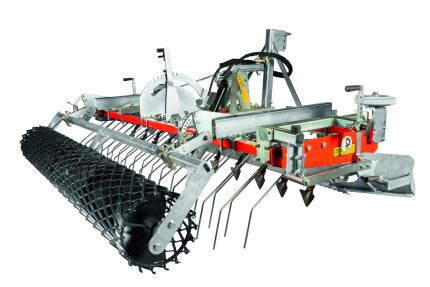
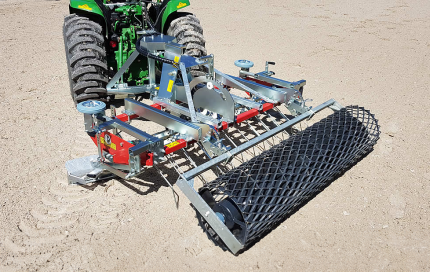
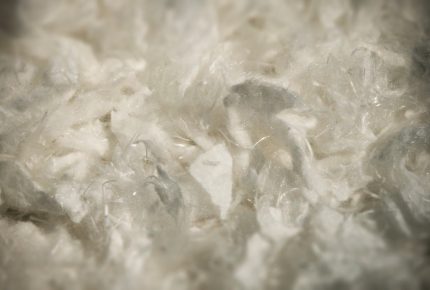
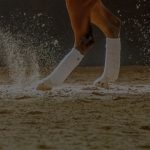 Geotextile Arena Footing
Geotextile Arena Footing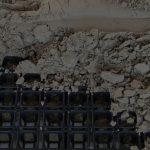 Ground Mats and Grids
Ground Mats and Grids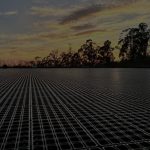 Subsurface Irrigation
Subsurface Irrigation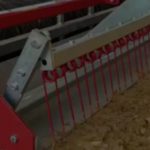 Arena Drags & Groomers
Arena Drags & Groomers Mirrors and Kickwall
Mirrors and Kickwall Horse Wellness
Horse Wellness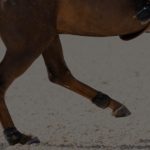 Dust Control
Dust Control